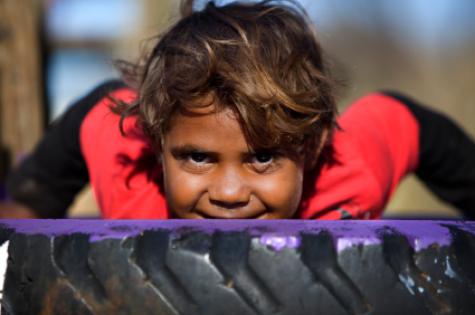Most Australian children are doing well in terms of their health and wellbeing, but there is room for improvement for some, according to a report released on Wednesday by the Australian Institute of Health and Welfare (AIHW).
The report, A picture of Australia’s children 2012, shows that death rates for infants and children halved since 1986, the prevalence of asthma among children has dropped, and rates of risky drinking and smoking among children aged 12-14 are down. Smoking in households with children has also dropped.
Almost three quarters of children aged 0–2 have stories read or told to them regularly and most children achieve above the national minimum standard for reading and numeracy. The majority of households with children in Australia perceive their neighbourhood as safe. Most households also reported that they could get assistance from outside the household in times of crisis.
The report also showed that while exclusive breastfeeding was initiated for 90 per cent of infants at birth, only 40 per cent of infants were exclusively breastfed to around 4 months (exclusive breastfeeding is recommended to 6 months).
Around 42 per cent of children aged 6 have dental decay, as do 39 per cent of children aged 12.
One quarter of children are developmentally vulnerable at school entry.
About 7 per cent of Australian children had a disability in 2009 and, of these, over half had profound or severe core activity limitations. The most common disability types among children were intellectual.
Injury and cancer are the two leading causes of death in children. In 2008–2010, injuries contributed to 662 deaths of children—a rate of 5 per 100,000 children. Infants (aged less than one year) had the highest rate of injury death (11 per 100,000 infants).
Over the period 2004–2008, an average of 583 new cases of cancer were diagnosed annually among children, and in 2008–2010, there were 274 cancer deaths among children—a rate of 2.2 per 100,000 children. This accounted for around 5% of all child deaths.
Aboriginal and Torres Strait Islander children experience higher death rates than the national average. They also had higher smoking rates than the general child population and were less likely to have achieved reading and numeracy minimum standards.
Children in lower socio-economic areas were less likely to be read to on a regular basis than children living in higher areas, and their parents were more likely to report poorer physical and mental health.



















__small.png)










